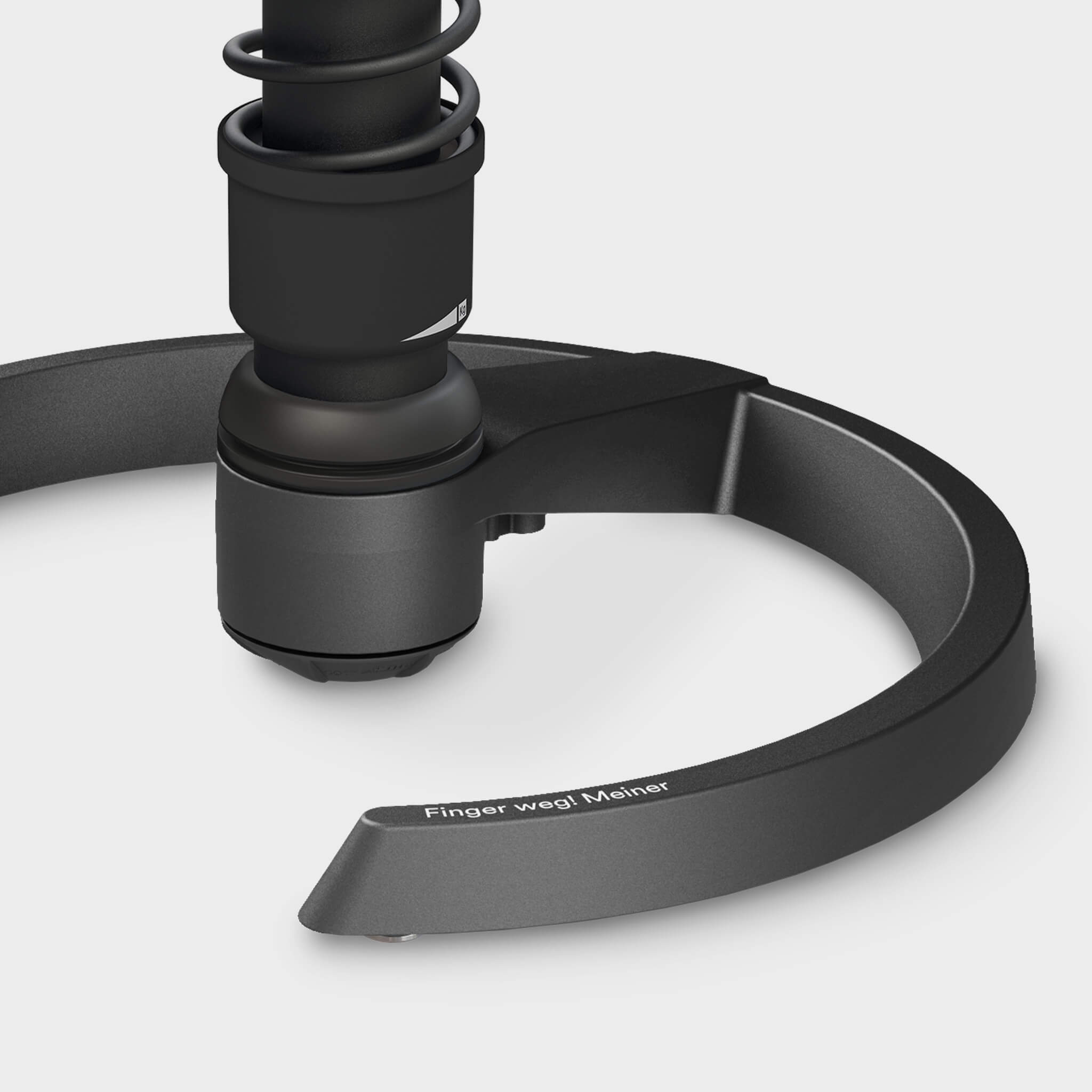What is proprioception?
The term proprioception has its origins in Latin and is made up of “proprio”, which means “own” and “zeption”, which means feeling. In general, it is about all perceptions that are not caused by external stimuli, but stimuli that we detect with our own perception.
Proprioception, proprioceptive system or deep sensitivity describes the sensory perception with which our body informs the brain about the activity, condition or position of the muscles, joints and tendons in the body. It is more or less natural for people to always feel what is happening in or with the body. Part of self-perception is determining how and what is moving in the body, an arm, a leg, an eye; what is the starting position of the body; how much pressure must be applied or how much resistance must be offered for a certain movement.
These messages to the brain are only possible due to stimuli that occur via muscle spindles, tendon spindles or receptors in, for example, joint capsules, ligaments and periosteum.
What is proprioceptive training?
It is very important for our musculoskeletal system and for our movements that this self-perception is as precise as possible. Fortunately, it can be trained; this is called proprioceptive training. These are exercises that improve the body's awareness and the sensation or perception of movement. Targeted measures are used to focus on one's own body's awareness. These measures include, in particular, balance exercises or balancing measures.
Proprioceptive training while sitting
Balance exercises do not have to take place on a balance beam or on one leg. Balance and thus self-awareness can be trained even when sitting. The Aeris active chairs are very useful here, as they encourage and promote natural, spontaneous movement in any direction when sitting. This is based on the patented 3D technology. In order to sit in a straight position at all times, the pelvis has to compensate for the movements, which strengthens the muscles and has a positive effect on the musculoskeletal system overall.
According to Dr. Dieter Breithecker, head of the Federal Association for Posture and Movement Promotion, the Swopper from Aeris is more suitable than any office chair that only has a synchronous mechanism. Sitting with the special 3D function of Aeris and the pelvis that is "unlocked" as a result ensures variable micro and macro movements. As a result, a rhythmic alternation of tension and relaxation of the physiological structures involved in the sitting posture is made possible. This free and self-organized sitting behavior triggers a complex interaction between the sensory (proprioceptive), neuronal and muscular systems. Or in other words: the person sitting continuously adjusts their sitting posture, which trains motor skills and thus not least self-perception.
